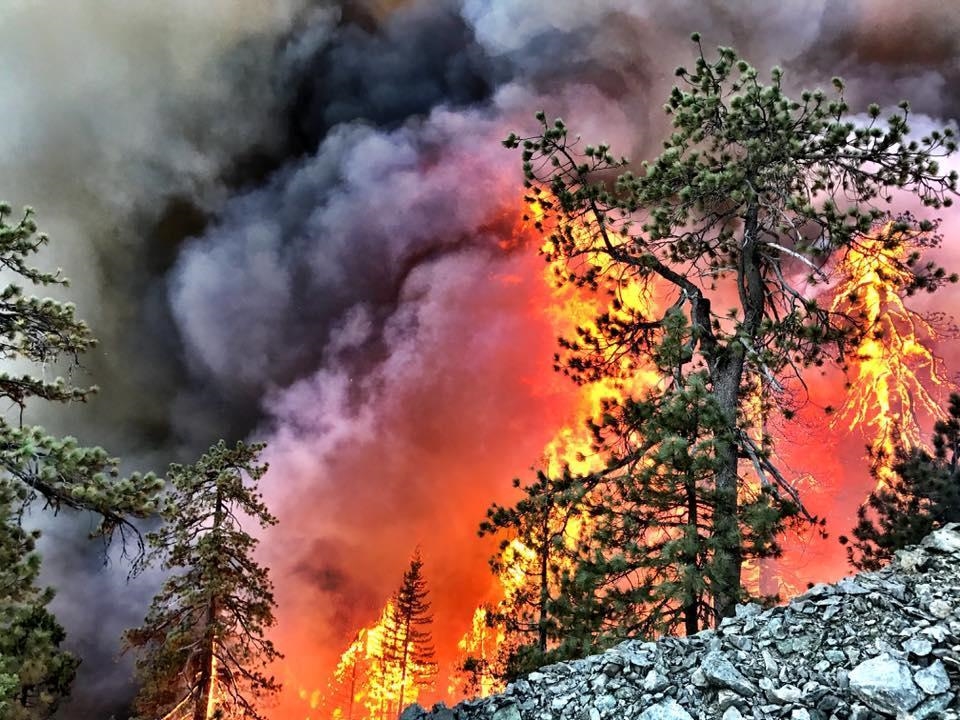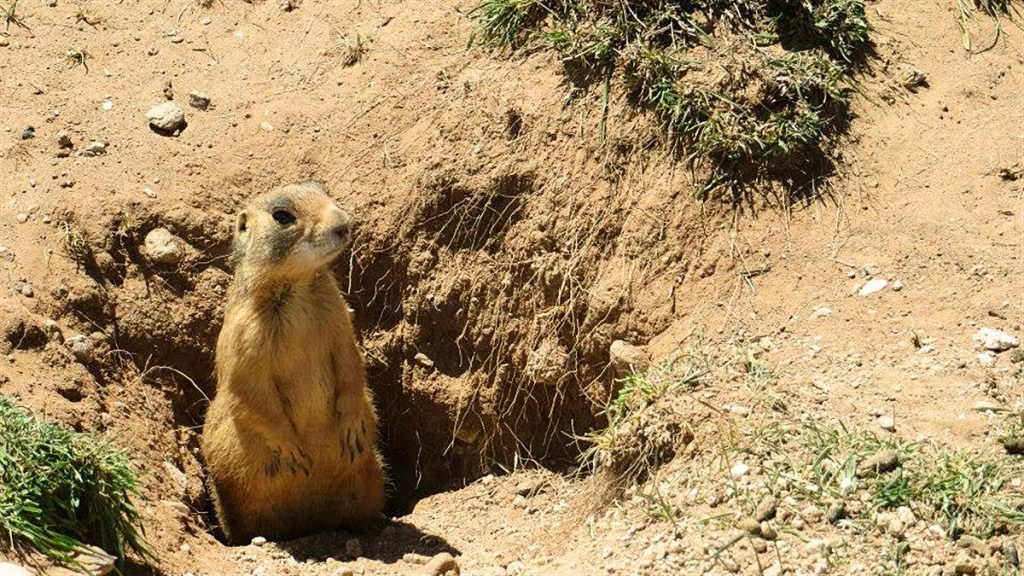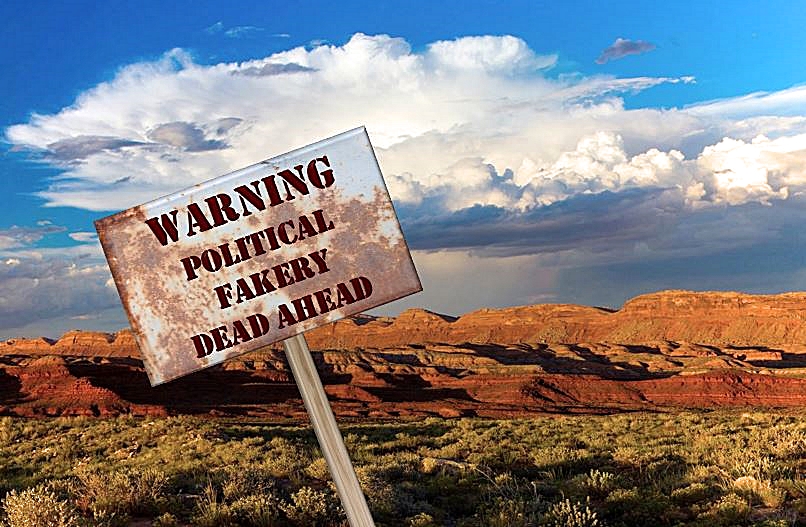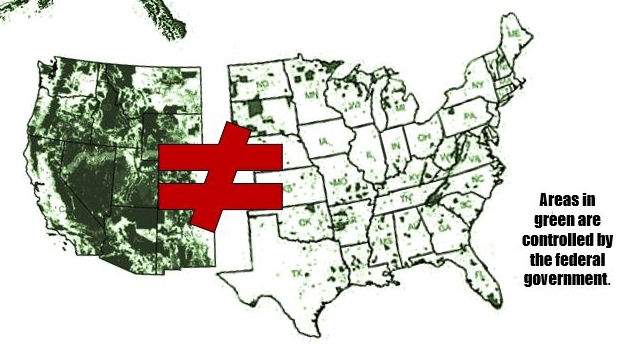We need a plan to address the landscape when a fire comes, before the fire burns. This way there is no confusion on where or how we are going to manage after our forests burn.
Russ Vagen
Forestblog (first published in February, 2017)
Is it time to rethink the Forest Service?
Since the Clinton years, the Forest Service has undergone a great deal of change. The agency was producing over 12 billion board feet of timber in the late 80’s, and by the mid 90’s that volume dropped to 2 billion. To provide context, if that were converted to lumber, it would be a difference of approximately 18 billion feet of lumber. The total consumption of lumber in the United States in 2015 was 44.1 billion board feet. That’s nearly 41% all the lumber used to build homes, apartments, and other stick-framed structures. That’s astounding!
Since the change occurred, the Forest Service has been struggling to create an identity. That identity is unclear, but many of the current Forest Service employees want to do more for the land. What does that mean? Many of the leaders and line officers are doing their best to work with collaborative groups to develop management plans that work for everyone. I applaud the efforts. Praise notwithstanding, I wonder if those efforts will be enough?
Maybe it’s time for a complete overhaul of the system? Now, before you start to think that I’m advocating for the privatization or selling of Forest Service lands, I am not. At least not yet. I believe there are some ways to make some serious changes that can get us the products we need while allowing public input. It is my belief that the public participation is necessary so we can build a long-term social license to manage our forests for the benefit of all interests.
So, what does this mean? I’m not entirely sure, but here are some concerns that I have that need addressed:
Personnel: This is out of hand. Employees are always moving. This isn’t a reasonable system for managing forests. There are plenty of real organizational plans developed by business and other government agencies that work better. We need competent, qualified leadership that stays in place and builds a team. Average tenure within a forest should be 10 years or more, not 2 to 5 years. This is especially critical when you consider the time horizon under which forests need to be managed. Longer term continuity needs to be created with the community and collaborative groups. Our collaborative group, the Northeast Washington Forestry Coalition is in its 15th year, no members of the forest service leadership were on the Colville National Forest when we started. Many positions have changed 3 times or more.
The scope of work: Why does the Forest Service need to do all the work that they are currently doing? In British Columbia, Canada the Ministry of Forests doesn’t do all of this extensive environmental evaluation. They task it to the forest license holder that must be reviewed and approved. Isn’t this how we typically do inspections? The Forest Service could quickly shift into an oversight role rather than partial implementation. The US Forest Service has approximately 34,000 employees to carry out management activities on 194 million acres. The Ministry of Forests, Range, and Natural Resource Operations in British Columbia manages 232 million acres with 3,600 employees.
Accounting: This system of budgets for carrying out work with no regard to the value of materials produced is broken. They do have a system for developing market pricing, but it’s not related directly to the cost of management activities. Why can’t we figure out what actions and outcomes create sufficient revenue over costs and incentivize more of that to offset other costly efforts? I understand that this is a federal agency, but we can all do the math. It’s not complicated, and we should know how we’re managing our resources.
Regional Offices: Why do we have regional offices and why are they located where they are? Should the Forest Service really have fully staffed offices in metropolitan markets? Why can’t the rules for each region be set by reasonably sized Washington DC office and then handed down to each Forest Supervisor? It appears that there are too many bureaucratic layers getting in the way of progress, not solving problems.
Recreation: Why can’t we figure out how to have world class recreation facilities on our National Forests? It’s certainly possible to have excellent recreation sites, facilities, and trail systems. It isn’t difficult to do, yet the forest service fails to maintain signs, maps, and information areas. We need and deserve better. We have more than enough resources to create revenue to cover the cost of creating and maintaining world-class recreation facilities.
Product supply: I have heard that we need to increase the “pace and scale” of restoration so many times it makes me roll my eyes. These words are empty. Why don’t we have large projects in places where we have an infrastructure to buy the products? I don’t mean a few thousand acres. These should be 200,000-acre project areas that last 20 years or more. Larger if needed and agreed to. They need to be strategically planned to reduce fuels in such a way to break up the continuity of dangerously dense forests. We can restore forests while providing a significant increase in supply to the market.
Post-fire restoration: We need a plan to address the landscape when a fire comes, before the fire burns. This way there is no confusion on where or how we are going to manage after our forests burn. Places that are protected (Wilderness, Monuments, Backcountry, etc.) regenerate naturally. Areas slated for management get restoration treatment as soon as it’s safe and prudent for work to begin. We can and should develop collaboratively approved plans ahead of time.
Land Allocation: Our lands should be managed actively where appropriate, restored with a conservation ethic where applicable, and protected where necessary. Simple enough. Why can’t we identify the acres where we have the most common ground and get to work. The areas that have conflict can be identified and designated for a future solution. Until that solution is determined the status quo is maintained. The overwhelming driver of these efforts should be the local communities and the groups that work collaboratively within those national forests.
These aren’t all the issues, but some significant ones. The way the Forest Service is conducting business is outdated and ineffective. We need a re-organization. Our nation needs to decide what we want our federal land managers to be doing and then rebuild the organization to fit desired outcomes. If we continue down this path, the issue will continue to get worse. None of us can afford that.
I will be working on a comprehensive plan based on my experiences and observations to develop the Forest Service of the future, and I will share it here when it’s complete.
[paypal_donation_button]
Free Range Report
[wp_ad_camp_3]
[wp_ad_camp_2]



